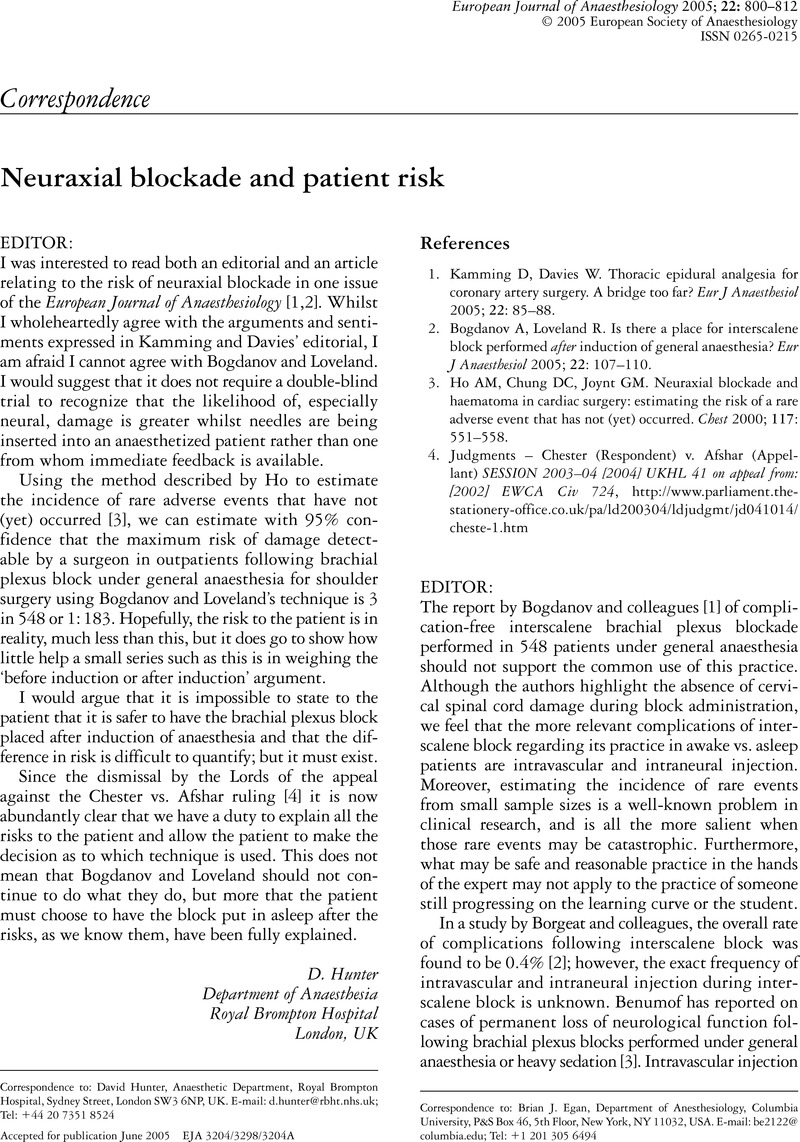Crossref Citations
This article has been cited by the following publications. This list is generated based on data provided by Crossref.
Kosiol, Erich
1951.
Der Jahresabschluß in Industriebetrieben.
p.
15.



